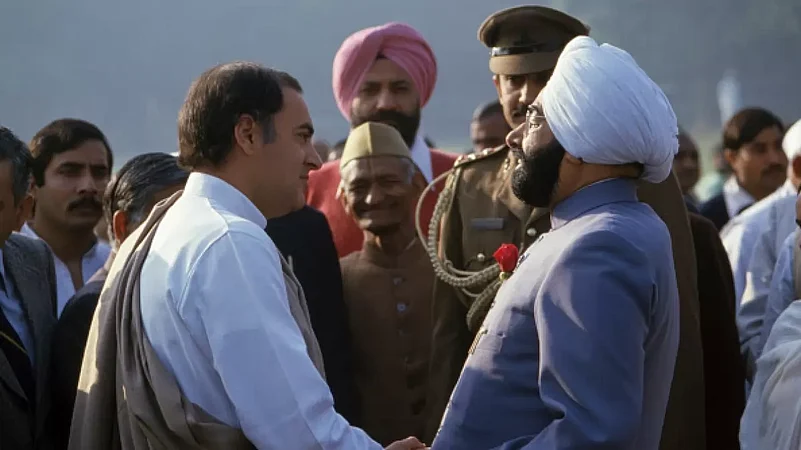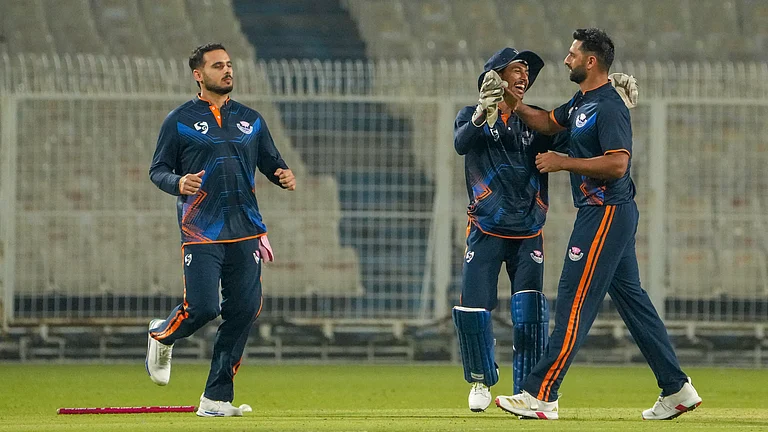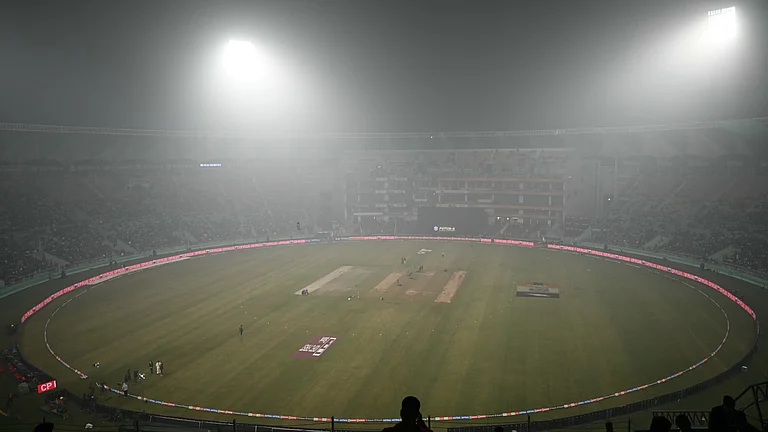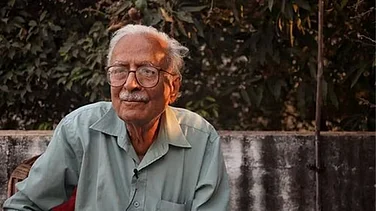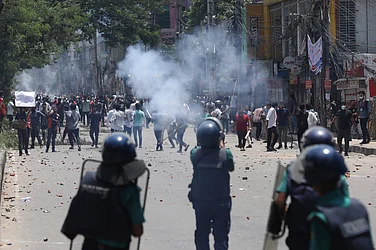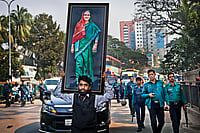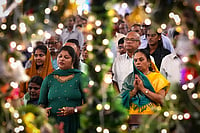The broad contours of the fallout between the late Prime Minister Rajiv Gandhi and President Giani Zail Singh are well known, but diplomat and author KC Singh brings alive that period of confrontation with first-hand anecdotes that light up the book and gives an understanding of the pulls and pressures on the president.
As the title of the book, The Indian President: An Insider’s Account of the Zail Singh Years, suggests, it is an insider’s account. Singh as Deputy Secretary to the President was privy to everything that happened during that tumultuous period.
However, besides the faceoff between Rajiv and Zail Singh, the book gives the reader an insight into the President’s growth from a Gandhi family loyalist to a man who came into his own in the Rashtrapati Bhavan to defend the presidential turf and the Constitution.
There are some poignant moments in Singh’s The Indian President, such as when India’s first Sikh President visits the Golden Temple immediately after Operation Bluestar. When Punjab was still burning, Zail Singh visited the Golden Temple and saw for himself the destruction and havoc that had taken place there. Singh accompanied the President and describes the scene as “gut- wrenching”.
Singh writes, “The stench of death was in the air, as we entered the parikarama, the pathway that surrounds the holy sarovar. It seemed that they had either just finished removing the bodies or some still lay trapped.”
Like every Sikh, Zail Singh, a man of faith, was distraught at the immense damage done to the holiest shrines of the faith. Back at the Rashtrapati Bhavan, he says “disconsolately” in a low voice that “it is a mistake made by others, but I will have to pay the price” as he climbs the stairs to his private quarters.
Singh goes into the tug of war between the Prime Minister’s Office (PMO) and Rashtrapati Bhavan in much detail. The machinations of top aides to the PM filling Gandhi’s ears against Zail Singh and the rivalry between the two top aides ML Fotedar and RK Dhawan also played a significant part in the misunderstanding between Rajiv and Zail Singh. Dhawan’s loyalty was with Zail Singh while Fotedar, who had Rajiv’s ears, was against the President.
Singh paints the picture of a novice first-time prime minister—Rajiv— thrust into the job after the assassination of his mother and a heavyweight politician with decades of experience in public life taking on each other. Rajiv was no match for a shrewd president who pushed back hard against the executive overreach of the prime minister.
But the book is not just about Rajiv and Zail Singh. The author goes into the larger question about the role of the President in a parliamentary democracy. Singh touches on the democratic slide across the world. Quoting from studies of this regression that notes that democracies are no longer degraded by a single overweening act or military coups, he writes, “It is rather by a populist leader’s gradual capture or neutralization of independent institutions that act as referees in a functioning liberal democracy.”
The President plays an important part in upholding the Constitution and ensuring that a powerful Executive does not trample on constitutional norms.
Few ordinary citizens know much about the office of the President of India as it is the Prime Minister who calls the shots. Most presidents have been mere rubberstamps. Yet at times of crisis, the President can play a pivotal role in ensuring that the Constitution is not breached. Presidents like Fakruddin Ali Ahmed let down both the people of India and the Constitution by signing the Emergency declaration brought in by Indira Gandhi’s government on June 25, 1975, that stripped Indian citizens off their fundamental rights.
In the early years after Independence, India had some great presidents, conscious of their duty to uphold the Constitution. From the first President Dr Rajendra Prasad to the learned Sarvepalli Radhakrishnan as well as President Narayanan, there were people of intellectual and moral stature. The same cannot be said of many others, though in recent times APJ Abdul Kalam was a popular figure, respected mainly for his association with India’s missile program and his non-assuming humble ways. Kalam connected well with the youth and is perhaps one president that the young people admire and respect. Most have little knowledge of the work done by either Rajendra Prasad or Radhakrishnan.
For all those who want to know about Zail Singh and his tenure, KC Singh’s book is a good read.







